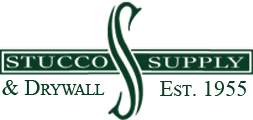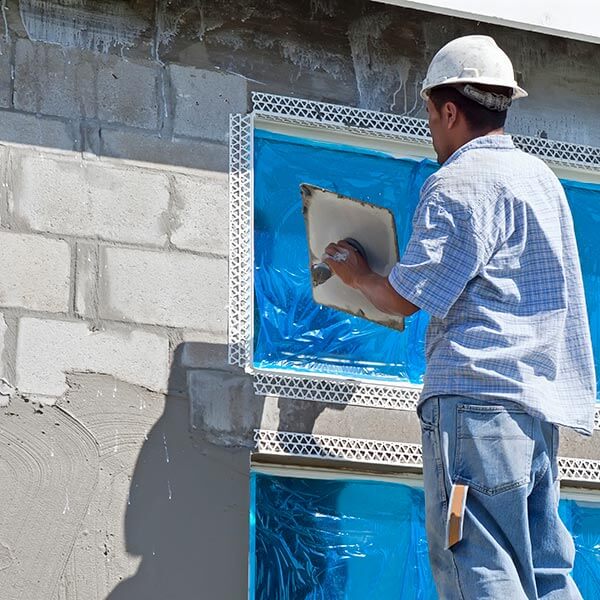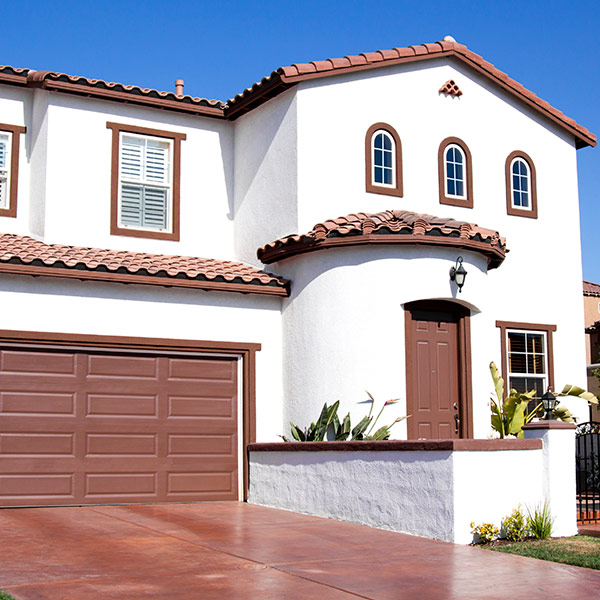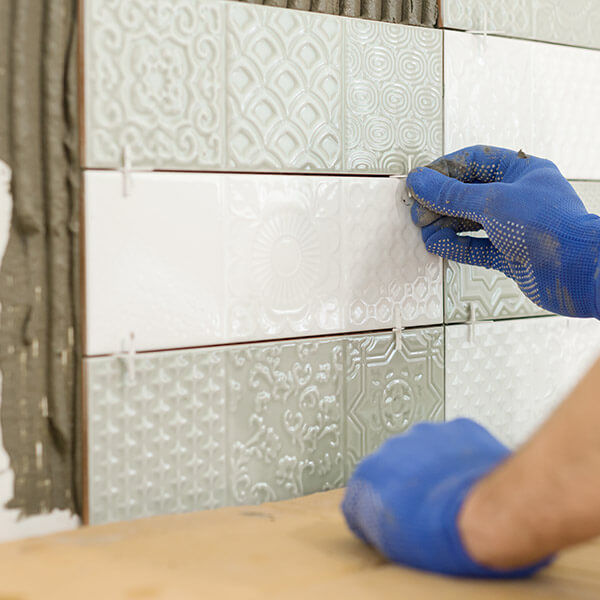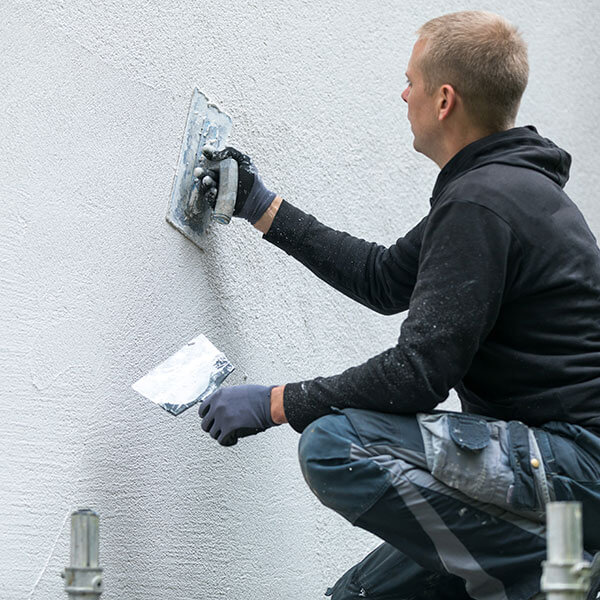Stucco FAQ
San Jose Stucco Supply & Drywall: Frequently Asked Questions
Below are some questions that we frequently encounter about exterior stucco.
Is stucco a good choice for my home?
Stucco is a great choice for homeowners who want an affordable, durable, attractive exterior for their property. It’s low-maintenance and provides a natural resistance to heat and fire, as well as superior seismic benefits. Portland cement plaster is a proven long-term value. ASTM STP 1269 rated cement stucco as the lowest net life cycle cost cladding!
What’s the difference between acrylic stucco and traditional stucco?
Acrylic stucco, also called synthetic or elastomeric stucco, is made from resins or polymers that resemble paint with sand mixed in. While a bit pricier than traditional stucco, acrylic stucco has a wider range and stronger vibrancy of color and repels water. Also known to bridge hairline cracks because of its’ elastomeric properties. This makes it a great choice for both the appearance and protection of your home. – Sometimes referred to as classic, cement, or hard coat stucco, traditional stucco is composed of Portland cement, sand, lime, and water, and is very affordable. It offers a huge range of texture possibilities and can be colored, though lighter shades are recommended.
How long does stucco last?
With proper maintenance, stucco can last anywhere from 50 to 80 years, in many cases, a lifetime! Just be sure to repaint and recaulk every seven to 10 years, perform touch-ups, and regularly inspect for hairline cracks.
Why does stucco crack?
There is an old saying – “There are 2 types of stucco houses, one that is cracked and one’s that are going to crack.” Cracking is inevitable when it comes to stucco, just like any cement-based product. There are a number of factors that can contribute to cracks in your stucco. The leading causes of cracks include the natural settling of your building, shrinkage-induced stress, and seasonal changes.
What should I do if I notice cracks?
While most hairline cracks aren’t terribly serious, they do cause many people to be concerned. If you notice a larger crack, you’ll want to consult a professional to investigate, determine the root cause, and identify the proper solution. Keep in mind, behind the stucco is a waterproof membrane, so not every crack is allowing water into your property. In most cases the crack could be superficially in the finish material or in the Brown Coat only. That’s why so many people are choosing Elastomeric Finishes that will, in most cases, bridge the crack.
How long before I can paint my stucco?
If you opt to paint your stucco rather than have it colored during the manufacturing & application process, you need to wait at least 28 days for the stucco to cure before painting over it. In addition, it’s important to properly clean and prep the area as well as select the correct paint and materials for the job.
Should I test the alkaline levels before I paint?
High pH levels in stucco result in undesirable dulling, sheening, or mottling of applied paint. Plus, the paint will likely continue to deteriorate after you’ve applied it. pH testing of the stucco, typically with a pH pencil, can help determine whether it’s safe to paint onto the surface. Alternatively, you may opt to use a primer to serve as a base between the stucco and the desired paint color.
Can I choose the color of my stucco?
You sure can! Both acrylic and traditional stucco finishes offer a wide range of color options, though acrylic finishes tend to be more vibrant.
How should I clean my stucco?
In most cases, you can use a simple garden hose to gently wash away dirt and debris. Whatever doesn’t come off can be lightly scrubbed away with hot water, dish soap, and a nylon brush. For heavier cleaning jobs, you may want to consider hiring a professional. If using a pressure washer DO NOT exceed 1400psi and use a 40 degree fan tip, with the end of the wand 2’ from the stucco surface. Also never use a product like TSP (tri-sodium phosphate). Phosphate will break down the stucco.
Are there different kinds of drywall?
There are a number of different kinds of drywall, including white board, green board, blue board, paperless, purple, Type X, and many more. The type you choose for your project depends on the purpose of the space in question. The knowledgeable crew at San Jose Stucco Supply & Drywall in San Jose & Livermore is always standing by to help you select the right drywall and stucco for your needs.
Contact San Jose Stucco Supply & Drywall
For over 60 years, San Jose Stucco Supply & Drywall has been providing the San Francisco Bay Area with Superior Stucco products and unparalleled expertise. We provide a wide range of stucco and drywall products and services that will stand the test of time.
Do you have a special order you’d like to make? Customized orders are no problem. Our expert team can handle any job quickly and efficiently to your total satisfaction. We offer top-quality products at affordable contractor’s pricing as well as free, comprehensive consultations.
Contact San Jose Stucco Supply & Drywall for any additional questions or if you need a free, comprehensive consultation.
